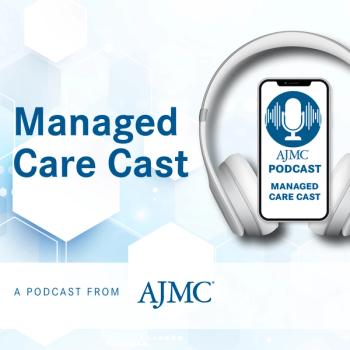
Meds to Bed Programs Address Continuity of Care in Discharged Patients: Mark Riggle, PharmD
Programs such as Meds to Bed can work in tandem with retail pharmacies to offer accessible medications for patients.
Mark Riggle, PharmD, assistant chief pharmacist at UC Davis, discussed different programs that help to provide accessible medication to those who are being discharged from the hospital, including Meds to Bed programs.
Transcript has been lightly edited for clarity; captions are auto-generated.
Transcript
What are the benefits to the patient and other stakeholders when you invest in a retail pharmacy location?
Again, it kind of goes back to access. As we know, a lot of chain pharmacies and independent pharmacies are closing, so there are vast pharmacy deserts, and depending on what your demographic area is, we have a lot of rural patients that may not have a pharmacy in their town. If they come to our health system, we have a pharmacy, so we know that they'll be able to get their medication. It's really about access and convenience. And so, it really ensures that those patients are able to access the medications. And academic medical centers traditionally treat sicker patients, more complex patients. I keep going back to this; having access to all the information in the medical record is extremely important. That ensures that we're looking at everything; we have the whole picture for that patient, so we know how to really address their needs to ensure that they have better outcomes.
What is the benefit of a Meds to Beds program for patients, providers, nurses, and other stakeholders?
Meds to Bed is a really huge convenience for all the stakeholders really involved. When a patient's being discharged from the hospital, there's a lot going on; they're overwhelmed with information and things to remember. If they don't have to make a stop at the pharmacy before they leave the hospital, that's a huge convenience for them and their loved ones that are taking care of them. It really, really takes that worry away from them about having to stop at the pharmacy and pick up their medications. Then again, having the prescriptions filled at the in-house pharmacy, we have the full picture of what's going on with that patient. We know that they need to go home with these medications. We know they can't go home until they get them, and so we're going to do everything we can to ensure that they're leaving with what they need. And then for the nurses, it takes away the worry of the nurses having to figure out how to manage those medications. Sometimes we would have nurses come down to the pharmacy to pick up prescriptions for their patients, because there was no one else to do that, and so those nurses are being taken away from the floor, from their other patients. And them not having to do that really allows them to do what they need to do and take care of their patients on their unit. Then, the providers: they know that we're going to do everything that we need to do to ensure that we're filling all the prescriptions that the patient needs to go home and continue their journey, so that continuity of care is really addressed by this program.
Newsletter
Stay ahead of policy, cost, and value—subscribe to AJMC for expert insights at the intersection of clinical care and health economics.







































